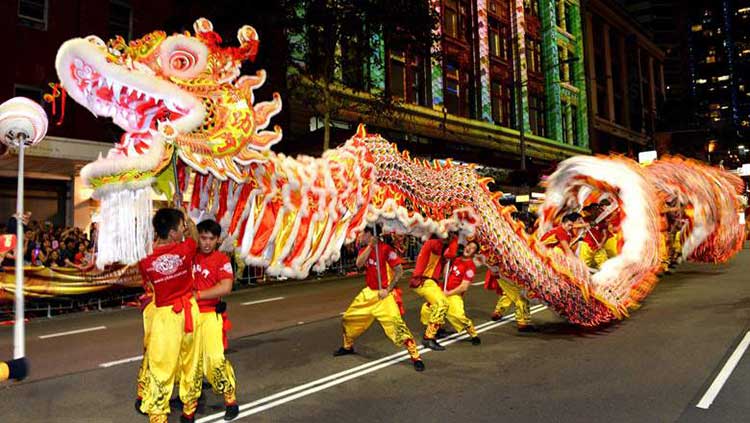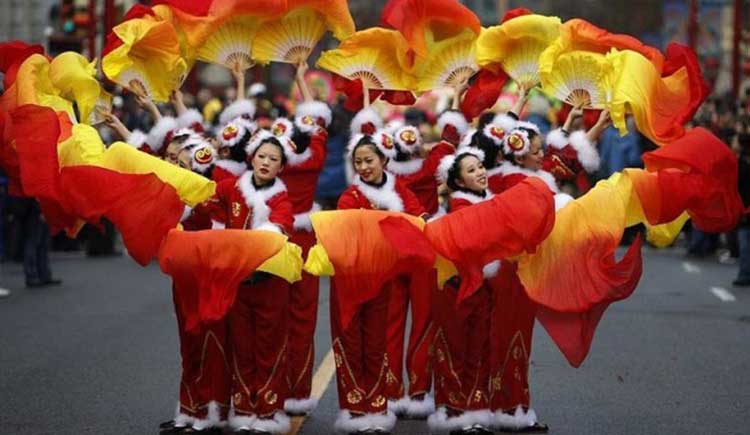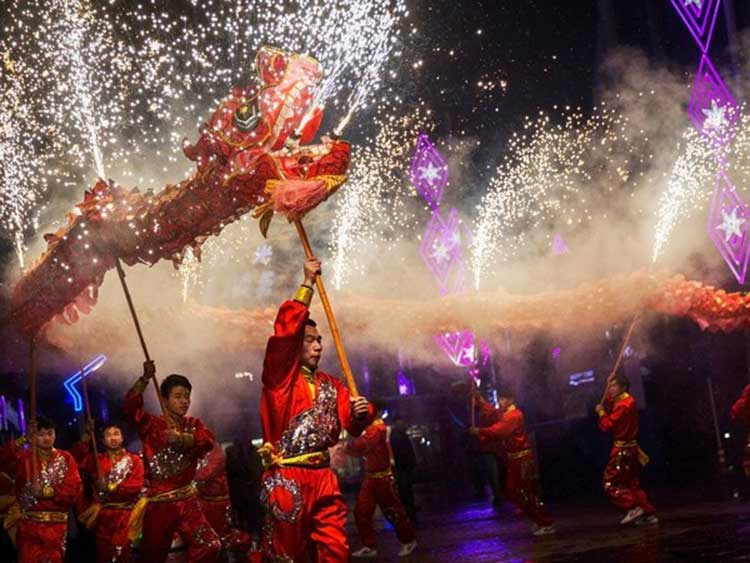Posted on: February 01, 2017 |  | 中文
| 中文
Decorations for the Chinese Spring Festival 2017
The Spring Festival is the most important festival for Chinese people. It is associated with praying for good harvest, celebrations and entertainment. Till this day, besides the worshipping ceremonies to the gods, the heavens and the ancestors, which are held not as commonly as in the past, the other traditional folk customs have been well-inherited and developed.
The festival lasts for 15 days from the 1st to the 15th day of the first lunar month, and in terms of folklore customs, it starts even earlier, from the eighth day of the twelfth lunar month. People have different festival activities, such as having Laba congee, offering sacrifices to the kitchen god and the god of wealth, staying up late on New Year’s Eve, visiting family members and friends and going to the temple fairs. People who have worked for a year like to take those days off, rush home for a family reunion, and pray for good luck for the New Year.
Paper-cutting for window decoration, hanging of lanterns, having steamed bread buns, guessing riddles, enjoying performances of Chinese operas and dragon dance, and playing firecrackers are all traditional folk customs. Many of them are among the list of intangible cultural heritage of the country or regions.

The special purchases for the festival can be divided into six categories: food and drinks, clothes, articles of daily use, sacrifices, entertainment, and home decorations. There are different kinds of food, such as deer meat, chicken, fish, rice cakes, and dried slices of tender bamboo shoots. New clothes are also a must for the festival. It is a custom for people, so that they may have a new image for the coming New Year. Articles of daily use are always on the shopping list. Items for sacrifices are an essential part of the purchases, for example the incense stick, tinfoil, New Year pictures of door-god, kitchen god, flower-shape offerings, and traditional fried snacks. For entertainment, firecrackers of different sizes, forms and functions are always on the list for families.
It is a custom for families to stick couplets on both sides of their doors. Couplets and paper-cuts on the windows add festival atmosphere as wishes for good luck in the New Year.
Spring couplets are written on the red papers in symmetrical form. Nowadays, not so many people write spring couplets by themselves but most of them buy them from shops. However, before the festival, some calligraphers still write spring couplets for people.
Paper-cuts have a long history and strong regional features. They have a wide range of themes and express good wishes.

Going to temple fairs is also an important activity for the people of Beijing during the festival. At present, the temple fairs are held with sightseeing, entertainment, shopping and catering. The dough sculptures at fairs attract not only adults, but children in particular.
The toy markets at fairs are also attractive. There are masks, wooden drama characters, miniature cars, knives, bamboo dragons, etc.
In the northern part of China, people are used to having steamed buns during the Spring Festival. Not only do they offer steamed buns to their ancestors as a sacrifice to gods and their ancestors, but they also give buns as gifts when visiting relatives and friends. Women take this opportunity to show their smart crafts in making steamed buns.
Dragon dancing is practiced both in urban and rural areas from the 1st to the 15th day of the first lunar month. People take this as a ritual for good weather for their crops and a peaceful life. In 2016, the Spring Festival Gala at Quan Zhou, Yingshan Dragon Dance Team from Sunei District gave a wonderful performance for the audience.
Accompanied by drum beats, a lion dance team from Jinjiang started their show. They wore yellow costumes, and carried knives, swords, guns, shields, shoulder poles and hoes for the performance. The team members with green costumes came and started their dragon dance to compete the yellow team.
The Green Lion Dance Team is a kind of “Zhong Lion Dance”. It originated 100 years ago. Up until now, the skill has been passed to the fifth generation of the locals. There are more than 80 members in the team now.
With more overseas Chinese migrating to other parts of the world, the dragon dance culture has spread to Southeast Asia, Europe, Australia, New Zealand, and wherever overseas Chinese live in compact communities. The dragon dance has become a symbol of Chinese culture.

Lanterns at the Lantern Festival have a history of more than two thousand years. Different places have different kinds of lanterns. People combined riddles with beautiful lanterns after the Song Dynasty, and thus greatly enriched activities during the Lantern Festival. Riddles are popular among people from all walks of life as they also help boost intellectual development.
During the Spring Festival, many tourists are attracted to Dafuguan Village in Zibo City of Shandong Province by their folk arts: Iron Flower Flames Performance and Meteor of Iron Flames. With the spinning of the wheels, the whole night sky was full of brilliant iron flower flames, which are like meteors rushing through the night sky, looking like a fast-moving Galaxy. The skill behind the performance of Iron Flower Flames has a history of over one hundred years in Shandong. It is famous for its simple materials and magnificent spectacle.
Over thousands of years, folk customs to celebrate the Chinese Spring Festival have changed a lot, but what remain unchanged are the feelings that are deeply blended in the Chinese living style and communication. Folk customs have evolved with the passage of time, but people’s nostalgia, hopes and affection for each other will never change.
You may also like: